The Best Effect award celebrates design that has produced a measurable effect on the success of an organisation or product. The complete overhaul of the 42-year-old Barkers menswear brand — from product to identity to supply chain to storefront — is a “comprehensive example of how design can be integrated into the entire business to transform it”.
Purple Pin Case Study — Best Effect
Barkers, Switch, AND
Barkers
Background
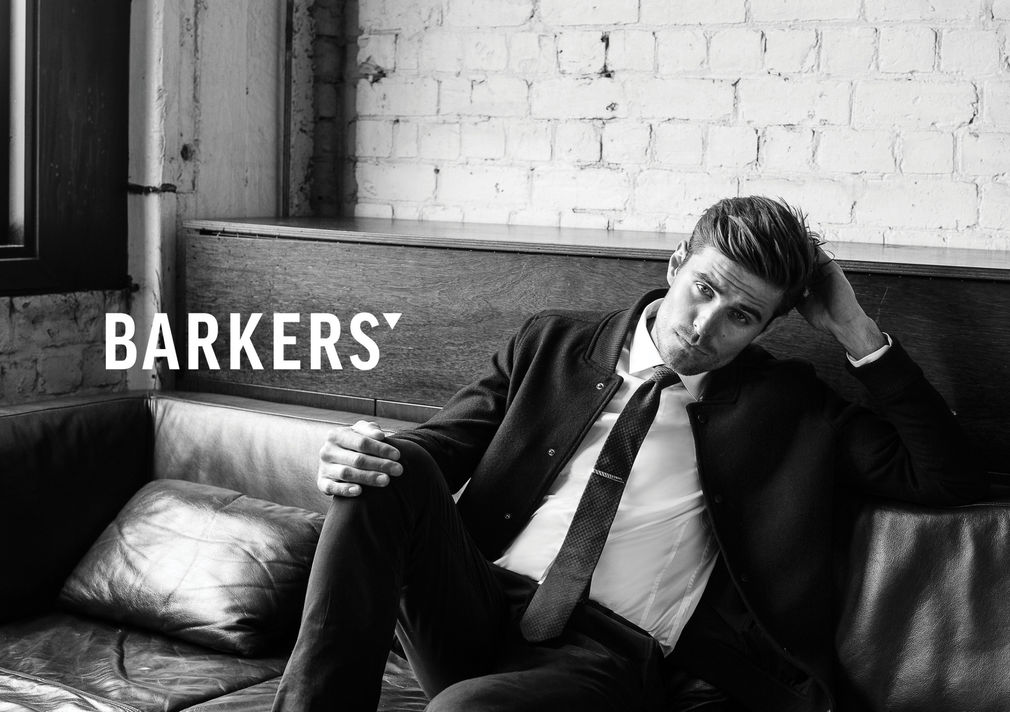

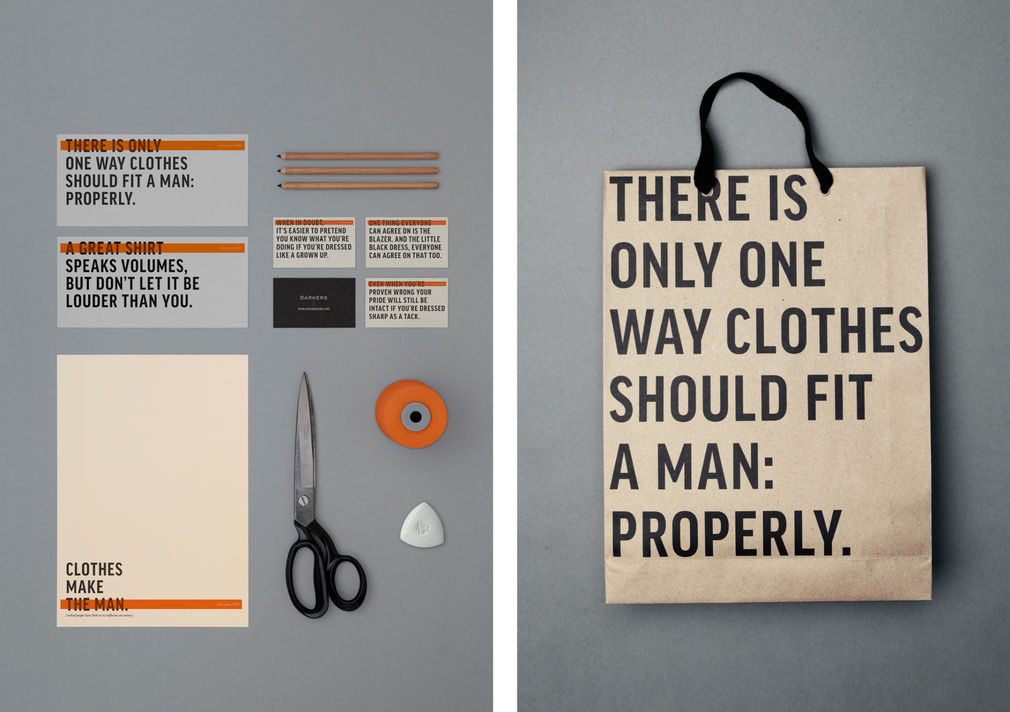
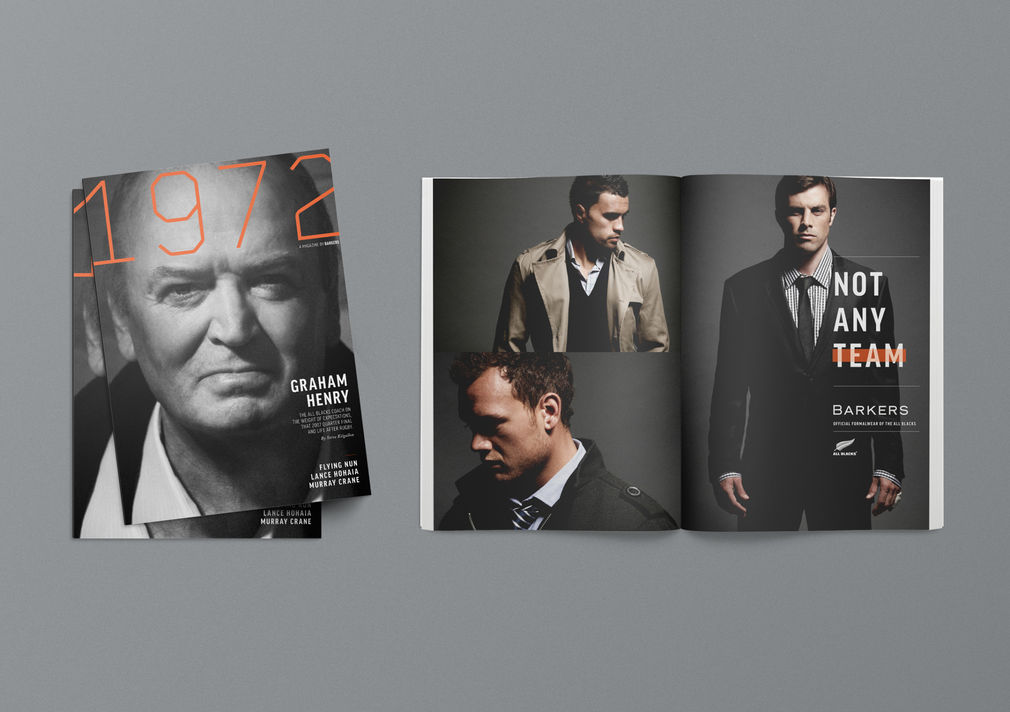
This work has resulted in a significant turnaround in the performance of the business through increased same-store turnover and profitability that is well in excess of its peer group of retailers.
In early 2010 the iconic New Zealand fashion brand was at breaking point. The business had lost touch with its core customers, the range lacked innovation and was forced to rely on heavy discounting to enhance cash flow. Barkers desperately needed to become relevant once again to customers. Not only that, it had to adapt its business model to meet a new economic and retail landscape following the combined effects of the Global Financial Crisis and waves of digital disruption to traditional bricks-and-mortar retailers.
With an overarching strategy to bring Barkers back into a profitable state, no part of the business would be spared from a complete rework. From the beginning, five key areas were targeted: people, product, brand, customer connection, and in-store experience.
With an overarching strategy to bring Barkers back into a profitable state, no part of the business would be spared from a complete rework.
First up was the need to build a senior team who would lead the transformation. The individuals selected needed to have a solid grounding in apparel retailing, and to have built a career through starting out on the shop floor. Only through their appreciation of the everyday in-store realities, as well as their understanding of the whole business, would a customer-centric strategy be possible.
After trading through much of the first year (2010-11) working with product already in production, it wasn't until mid-2011 that the first new range - designed and developed under the new team - reached the stores. By late 2011, thanks to strategic promotions, the legacy product had all been sold, opening up the opportunity for a redesign across all product categories. With the design of new product under way, attention then shifted to the brand.
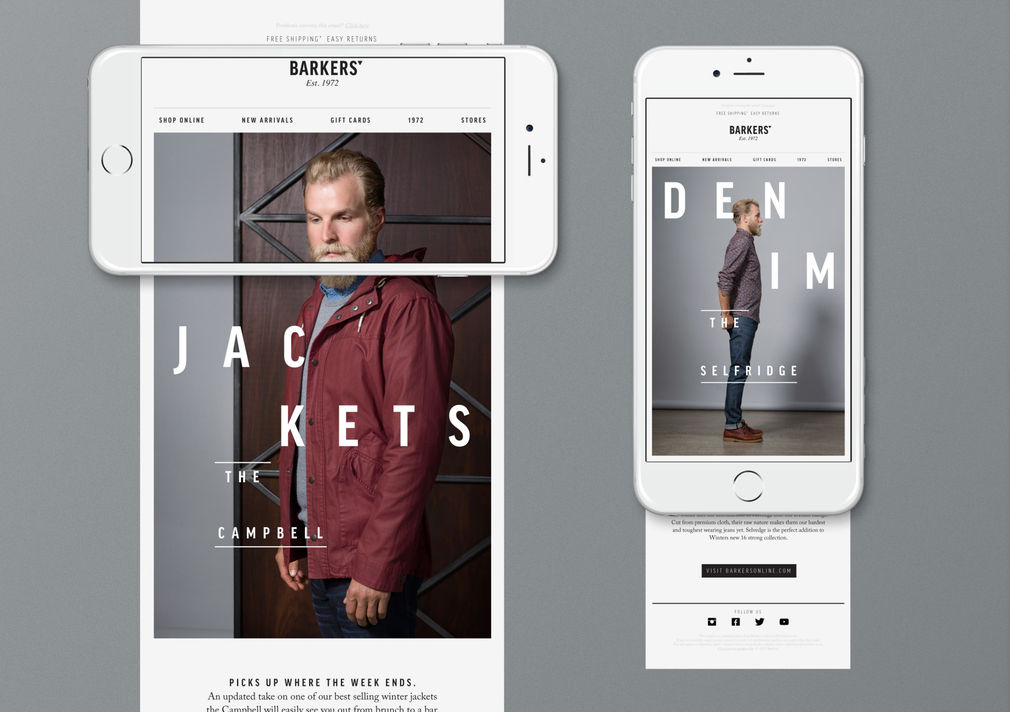
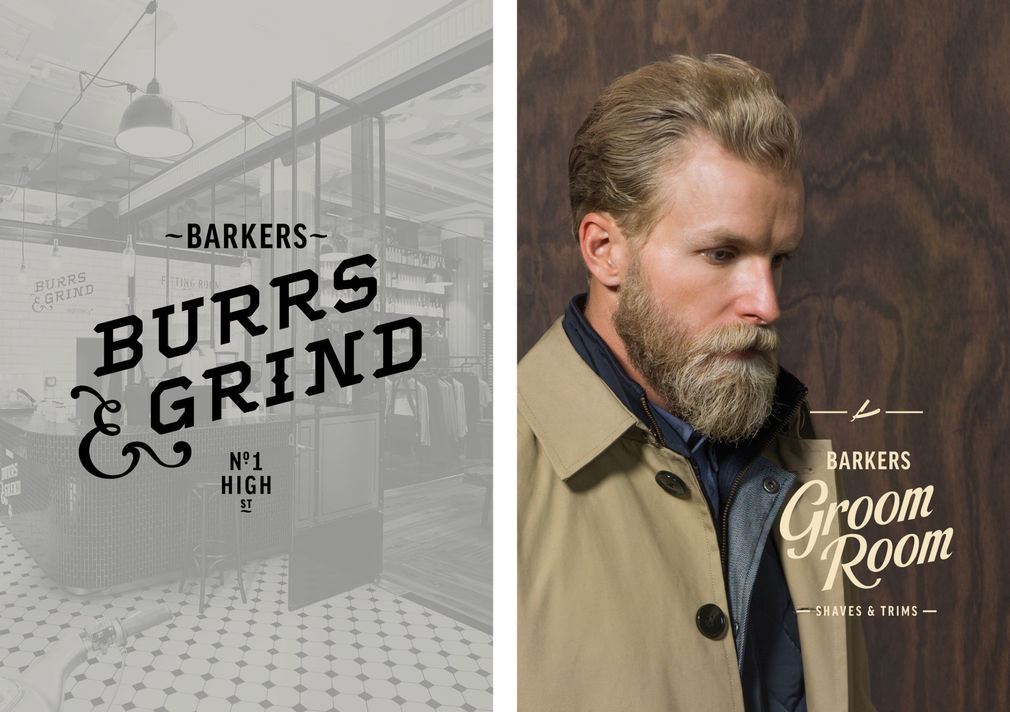
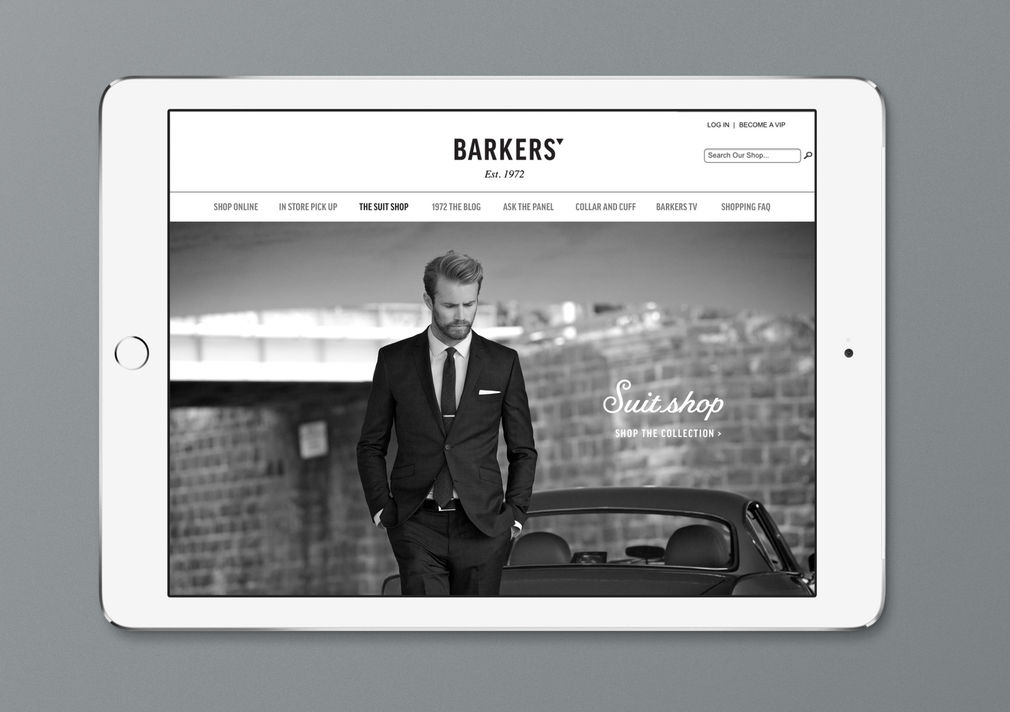

With the help of Auckland-based design studio Switch, and through numerous focus groups and quantitative research projects, the business was able to set a clear brand direction. 'Effortless Style' became the phrase that shaped this new focus and was adopted holistically in the repositioning of Barkers. A consistent tone of voice that spoke to the customer directly, at every opportunity and touchpoint, was applied brand-wide. From retail collateral, campaigns, traditional media, right across the digital and social platforms through to the in-store experience, the customer was put at the centre of the brand universe.
However, any progress made in overhauling the product and brand was still hampered by poor store design, so in 2013 the team set out, with the assistance of Switch and interior designers AND, to create new retail environments that would break down the barriers between salespeople and customers. This meant moving away from conventional retail design and focusing on a more tailored experience.
Barkers have set a new benchmark for how design can transform business performance.
Creating more connected customer experience led to designing each store based on a regional concept - a geographical inspiration that would tie in with the character of the area and its clientele. Local references are queued through graphics and 'collectibles', applied to a club-like ambience consistent between stores. Themes were based on an aspect of Barkers' lifestyle values, so there remained a familiarity for its core customers. From the Barkers 'Garage' in Hamilton to the 'Distillery' in Christchurch to the 'Chambers' in Wellington, stores layered a local identity with the brand identity.
The largest store, the 430-square-metre flagship store in the 1920s South British Insurance building in Auckland, takes the club idea even further by offering made-to-measure suit fitting, a coffee bar and a barber. The store takes the company back to its roots in the street where Ray Barker opened his first outlet in 1972.
“Not only was Barkers the standout performance in this year's awards,” noted the judges, “but since the inception of the Best Effect awards, Barkers have set a new benchmark for how design can transform business performance.”
—Andrea Stevens
www.folio.nz